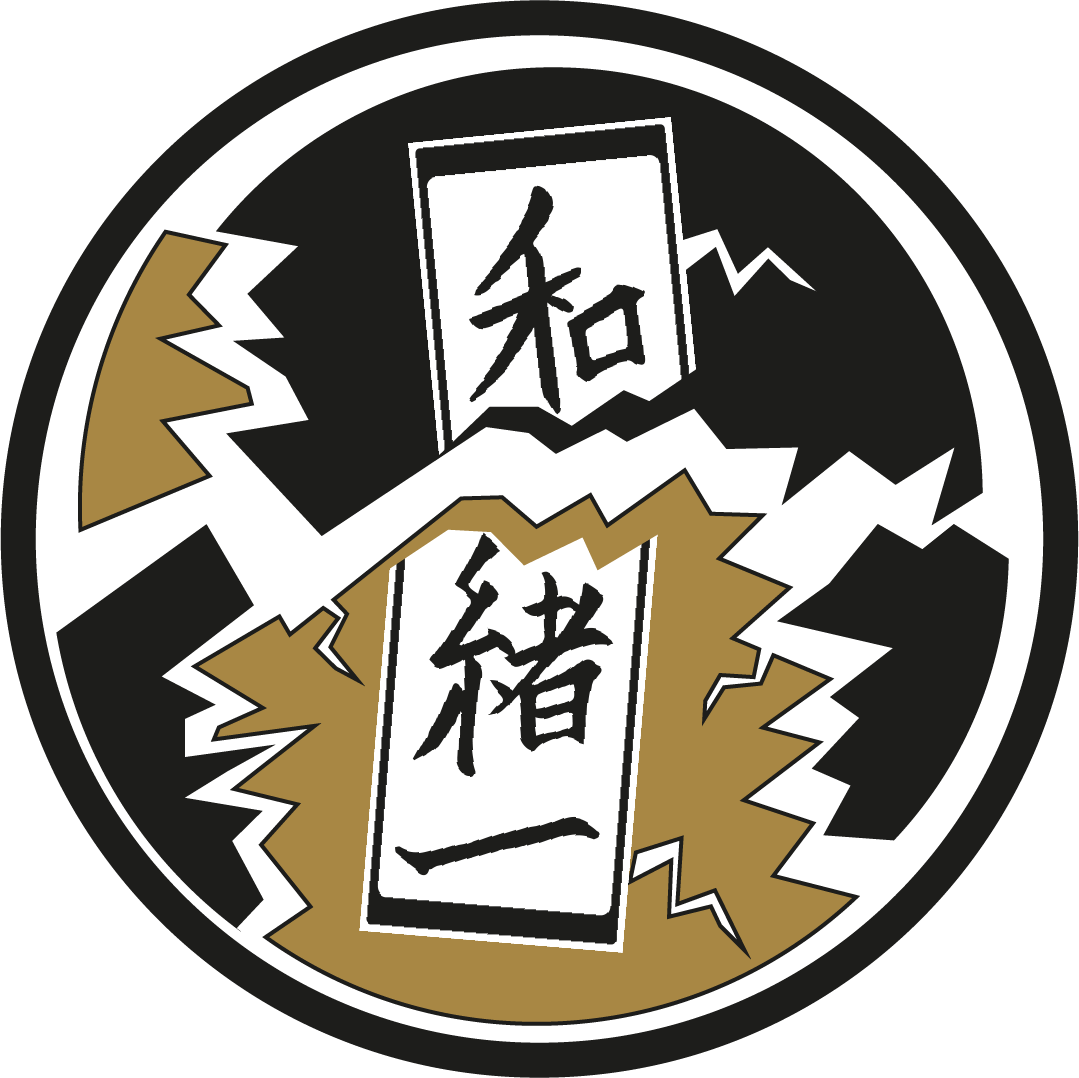Who am I? Watashi, Atashi… Washi?
The beauty of languages lies in their diversity. What in English comes down to the simplest, shortest ‘I’, in Japanese turns out to be a complicated topic, as the Japanese language, very interestingly, offers various ways to refer to yourself in the first person. In general it depends on your sex, age, social position, but is also a matter of personal choice and style. Also, you might be using a different pronoun for yourself depending on whether the situation is official or not.
The most standard pronoun meaning ‘I’, which you learn during the first Japanese class, would be the word 私 watashi. It is the usual female pronoun, but might also be used by men in a formal setting. When shortened to atashi, it becomes a sweet, cuter word for women. Then again, another reading of the kanji 私 is watakushi, which is a very elegant, refined way to refer to yourself. Another similar pronoun is washi; while watakushi has a more feminine vibe, washi is limited to older men of good standing.
A more predominantly male ‘I’ pronoun is 僕 boku, which, however, you might sometimes hear used by girls – especially female characters in anime stylised to be energetic and cheerful, some might say tomboyish. If you’re looking for an overwhelmingly masculine pronoun, though, you might want to go for 俺 ore with its strong ‘r’ sound and the powerful impression it makes.
There are also historical pronouns, used nowadays only when impersonating a character from many years ago or for a laugh, such as the proud 拙者 sessha spoken by samurai.
And if atashi is not kawaii enough for you, there is always the option of talking about yourself in third person using your name. E.g., if your name’s Hanako and you would like to tell others that you like flowers, you would say 花子は花が好き (Hanako wa hana ga suki) rather than the textbook 私は花が好き (watashi wa hana ga suki). This style of speech, a little childish, is used by cutesy girls or, simply, persons who want to fool around a bit.
If you’re using Japanese at work, better stick to the custom, but if you’re speaking with friends or just ordering a hamburger at McDonalds, you’re free to choose any way of expression that feels right to you. A nice samuraic sessha at the right time can really brighten up a conversation.
Written by AL
